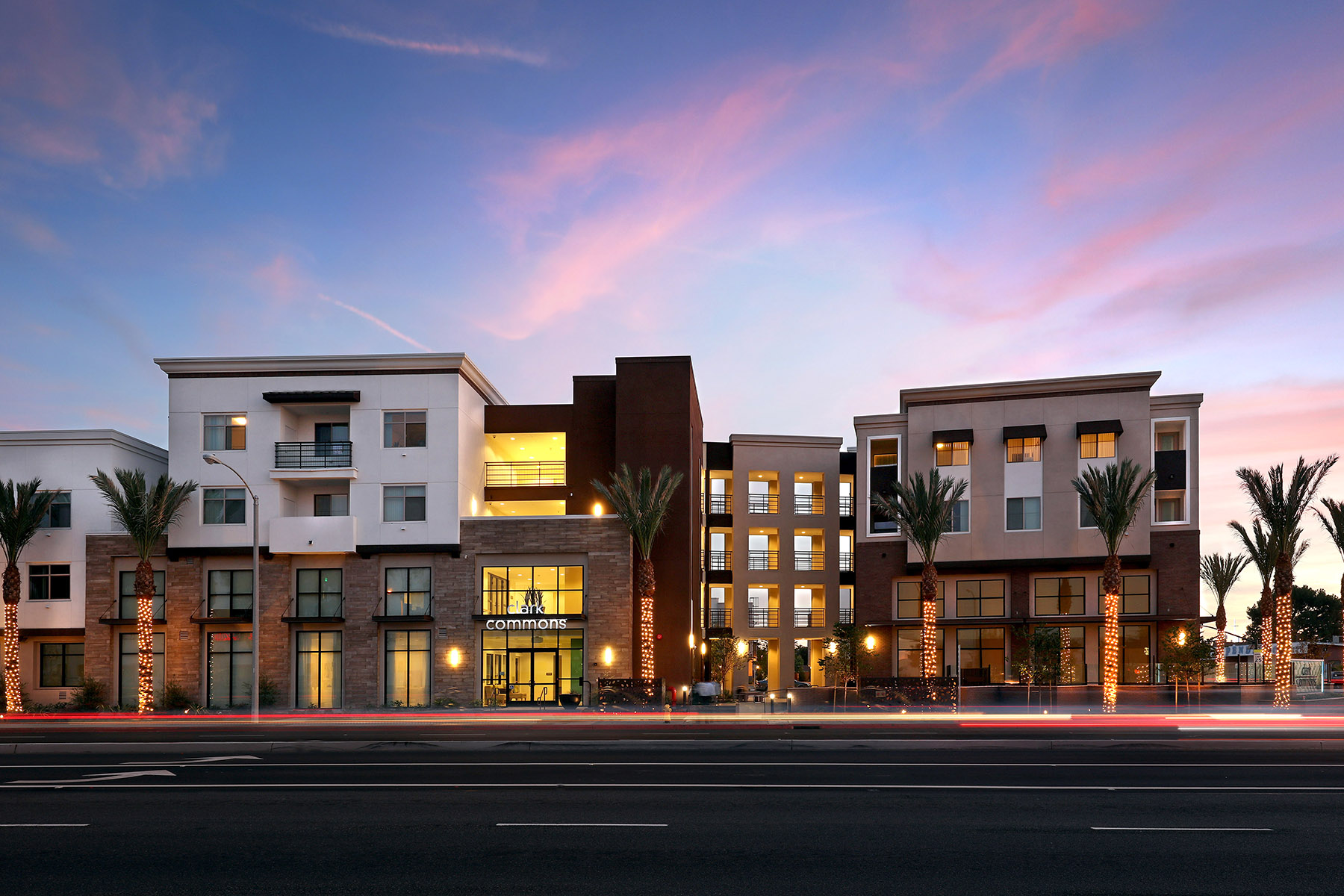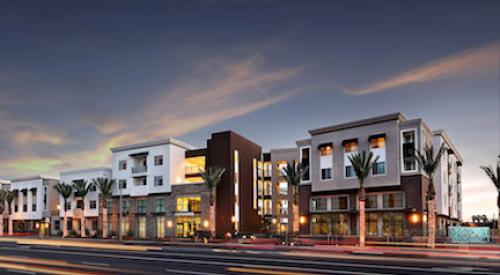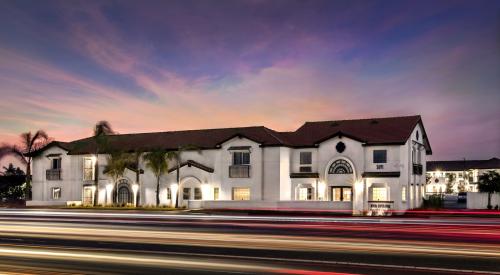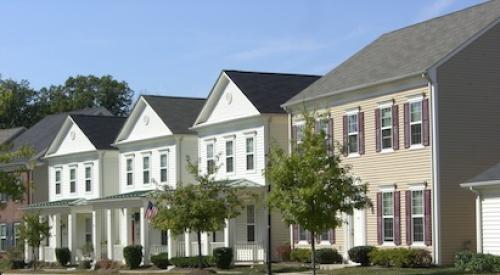In “The New Face of Affordable Housing,” we offer a look at four projects that reject stereotypes of affordable housing. They boast top-caliber design, an outward-looking approach to the surrounding community, and an inward-looking mindset that creates a place of belonging for residents. Senior editor Susan Bady writes about workforce housing for families within a larger master planned community (Clark Commons in Buena Park, Calif., pictured above); housing for veterans inspired by the historical Craftsman-lodge style of America’s national parks; apartments in the Bronx that brighten a previously unsafe spot; and senior housing funded by six different sources (Photo: Jamboree by Juantallo.com).
Lack of affordability is hogging headlines. Costs continue to skyrocket. When we sent the December issue to press, House and Senate tax bills were being hotly debated between the two chambers and across the ideological spectrum. The House bill has since passed; the Senate bill vote hangs in the balance as of this writing. The legislation could have a profound effect on the nation’s already thin supply of affordable and workforce housing.
“Every traditional source of funding is under pressure,” says John Perfitt, executive director of Restore Neighborhoods L.A., a nonprofit developer in Los Angeles specializing in affordable, single-family homes. He notes that the House tax reform proposal threatens the private activity, tax-exempt bonds that have funded the Low-Income Housing Tax Credit.
Perfitt has worked on all sides of affordable housing for the past 20 years; he’s the first to acknowledge the challenges of cobbling together funding. Yet he sees hope. “There’s increased awareness of nontraditional sources,” he says, such as Community Development Financial Institutions (CDFIs), which get funding from a variety of places and also invest funds loaned by traditional banks. Perfitt notes that perks are available for building in lower-income neighborhoods, including incentives for doing so near transit. He advises builders to “talk to practitioners that have made use of these, who have sought relief on development standards and parking. Partner with organizations that have practical experience using those incentives.”
Currently, Perfitt is working with the developer of a 186-unit project near downtown L.A. The project is more than just an 80/20: 82 units will be restricted to households earning no more than 80 percent of area median income. He acknowledges that it’s smart PR. More to the point, getting entitlements to enrich the supply of affordable housing in a market long dubbed one of the priciest in the U.S., and with the second-largest homeless population, sounds like a potential win-win.













